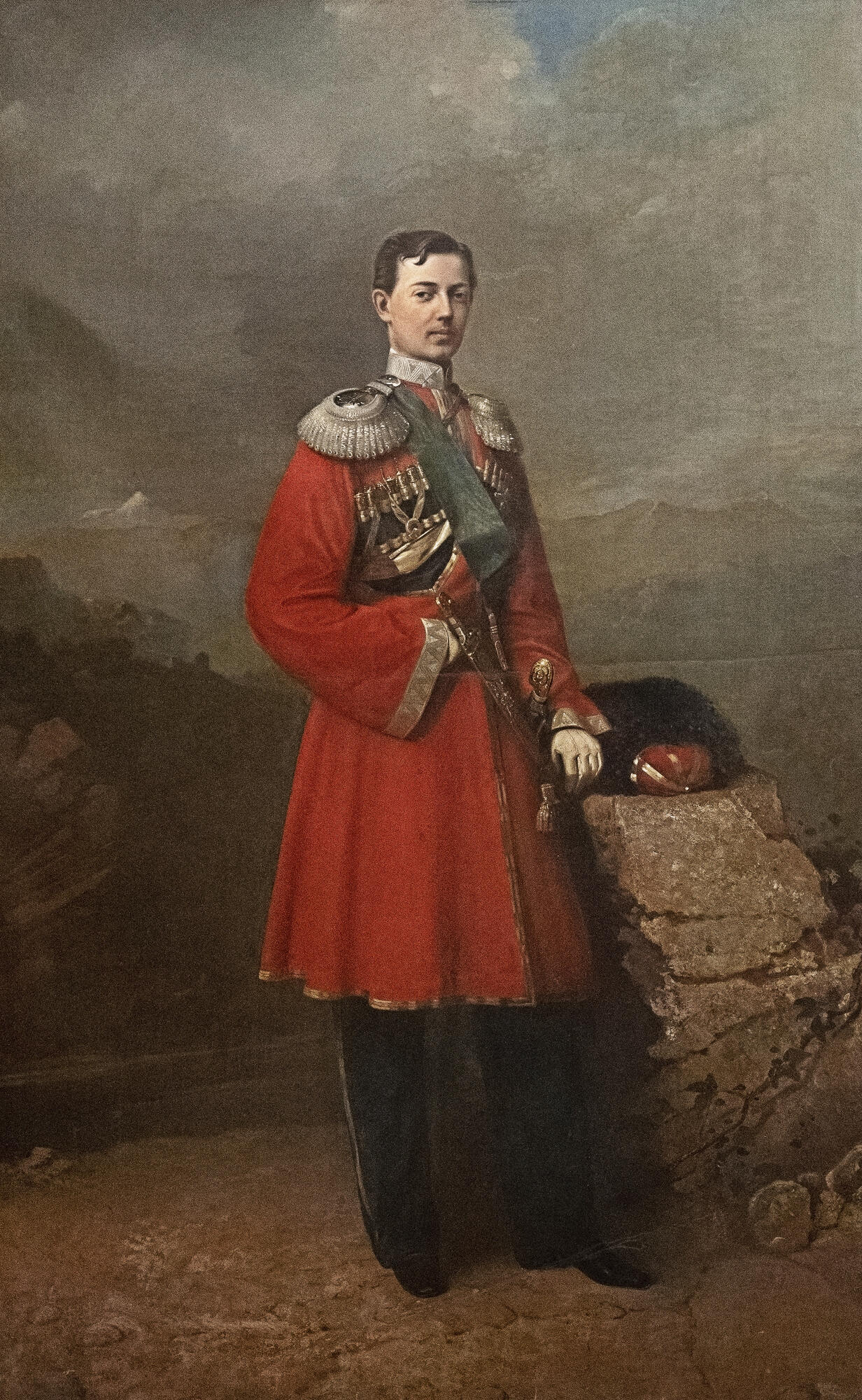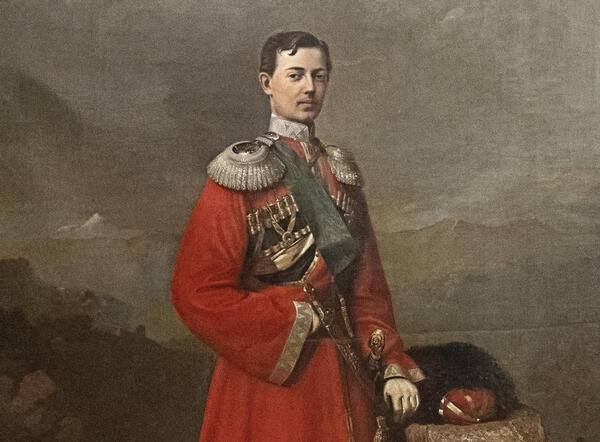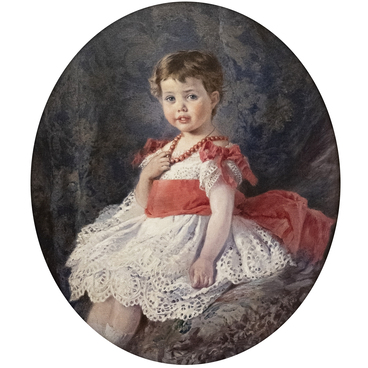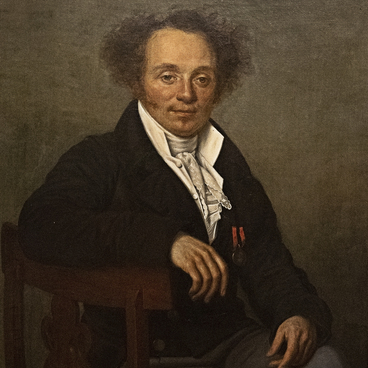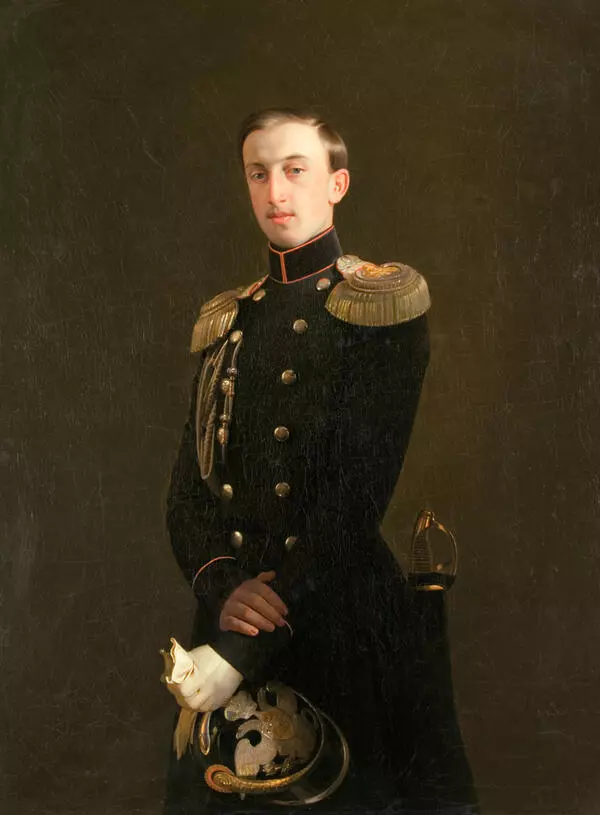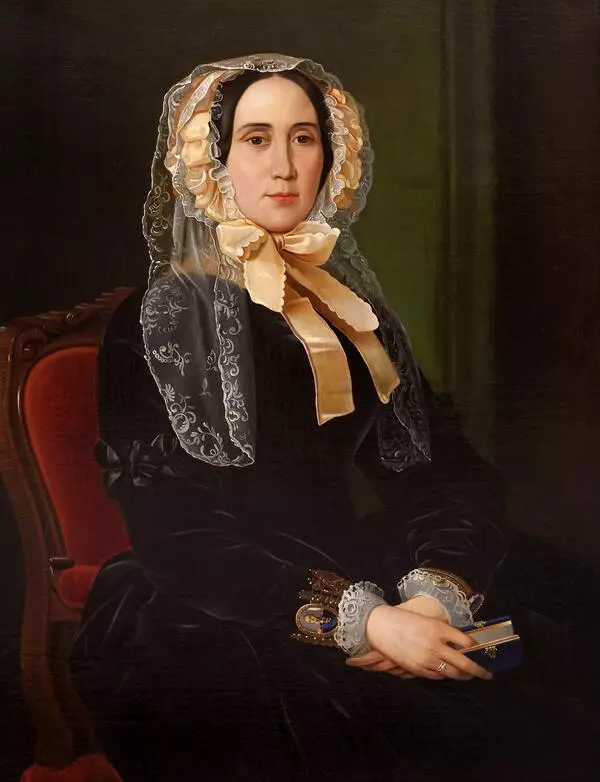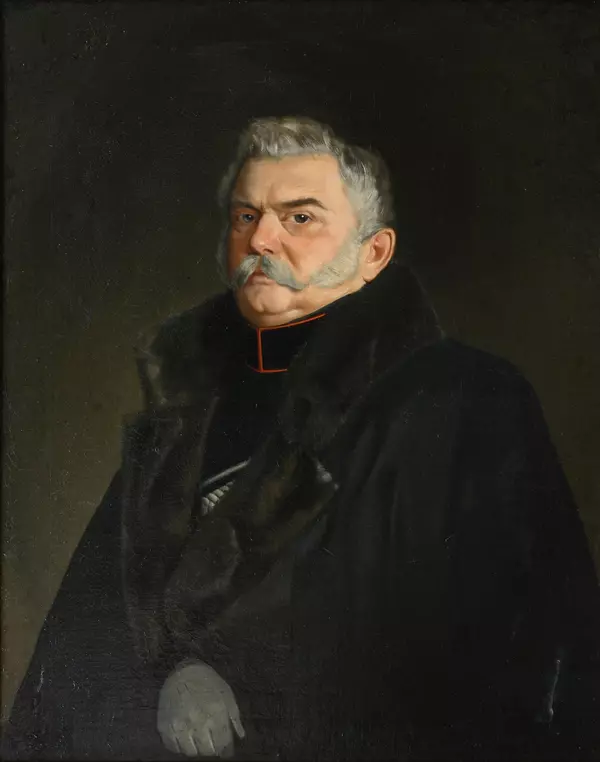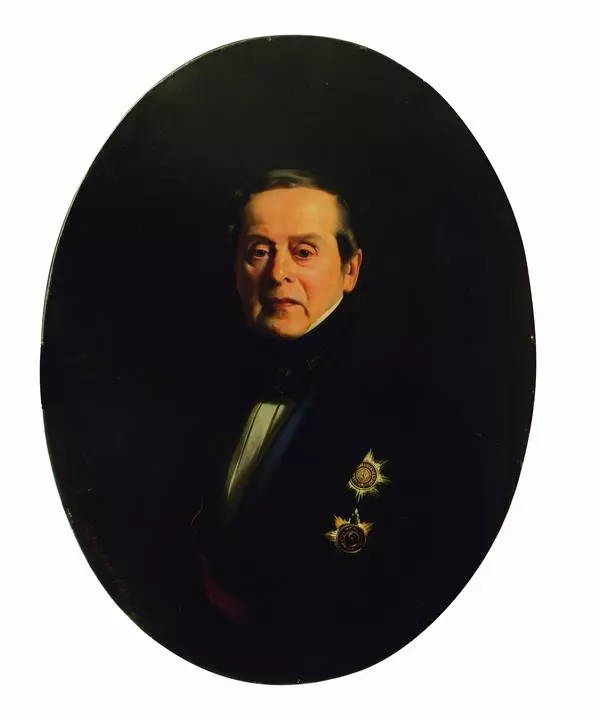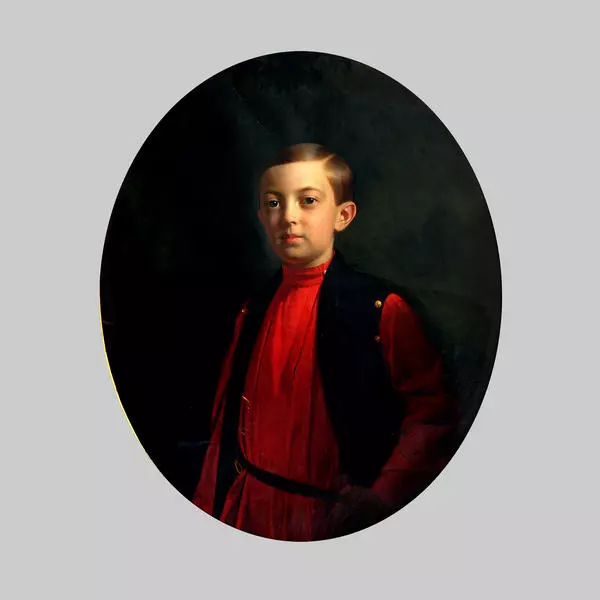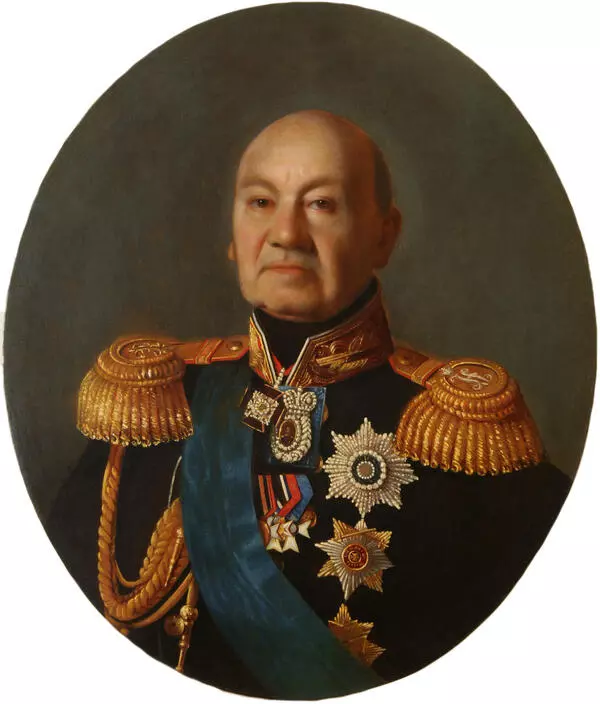Artist Sergey Zaryanko was born in the Mogilev governorate in the family of a serf in 1818. After receiving freedom, the family moved to St. Petersburg.
Zaryanko showed creative abilities since childhood. He took his first lessons from the painter Vasily Avrorin, and after that the master of genre scenes Alexei Venetsianov noticed his gift and helped Zaryanko enter the Academy of Arts in 1834.
Zaryanko began painting the portraits of his contemporaries in the late 1840s. Two portraits — depicting General Pyotr Lomnovsky and the opera singer Osip Petrov — brought him fame. The artist exhibited both paintings at the exhibition of the Academy of Arts in 1849.
During his lifetime, Zaryanko painted about a hundred portraits. In his works, the painter paid close attention to the textured properties of materials — velvet, lace, satin, moire, gold embroidery. However, according to the critics, his main talent was his painstaking portrayal of countenance.
Zaryanko showed creative abilities since childhood. He took his first lessons from the painter Vasily Avrorin, and after that the master of genre scenes Alexei Venetsianov noticed his gift and helped Zaryanko enter the Academy of Arts in 1834.
Zaryanko is primarily known as a portrait painter. However, he did not turn to portrait painting from the very start. At first, he painted landscapes, perspectives and interiors. In 1838, he received the title of an unclassed artist for ‘View of the Throne Room’ and a number of silver medals for some of his other works.
Zaryanko began painting the portraits of his contemporaries in the late 1840s. Two portraits — depicting General Pyotr Lomnovsky and the opera singer Osip Petrov — brought him fame. The artist exhibited both paintings at the exhibition of the Academy of Arts in 1849.
During his lifetime, Zaryanko painted about a hundred portraits. In his works, the painter paid close attention to the textured properties of materials — velvet, lace, satin, moire, gold embroidery. However, according to the critics, his main talent was his painstaking portrayal of countenance.
